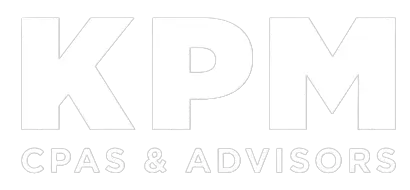In the summer of 2017, the Federal Deposit Insurance Corporation (FDIC) provided guidance on managing liquidity risks in the 21st century. In volume 14, issue 1 of the FDIC’s ‘Supervisory Insights,’ regulators outline their observations regarding liquidity threats, the risks these threats pose to financial institutions, and recommendations on identifying, monitoring, and mitigating these risks. In the article ‘Community Bank Liquidity Risk: Trends and Observations from Recent Examinations,’ the FDIC staff discussed liquidity stress that examiners had observed in financial institutions and provided guidance on managing the risks for other institutions to learn from.
Fast forward just three years later, and it appears a significant new threat to liquidity has arisen. The response to COVID-19 has resulted in large portions of the economy forced to either shut down or significantly alter operations. Many are currently unable to work and numerous businesses and other organizations are closed or in a period of reduced operations; however, expenses such as mortgages, utilities, food, medicine, credit card bills, etc. continue to strain the cash resources of all involved. These struggling people, businesses, and organizations are your banking customers, and the current economic climate will likely place a higher liquidity demand on your financial institution. First, customers are likely drawing down on their deposit accounts to cover daily expenses no longer covered by revenue and paychecks. Second, they will likely need additional funds to carry them through until their cash flow situations improve. You may already be seeing declining deposit balances and an increased demand for loans, and a prolonged period of lowered economic activity is likely to place a significant strain on your institution’s liquidity position.
So, what should you do? Liquidity management is key to remaining ahead of the issues you may be facing. Daily monitoring of liquidity would be a prudent step, and monthly quantification of your institution’s overall liquidity position, both on- and off-balance sheet, is essential. Federal Home Loan Banks, the Federal Reserve Board, and correspondent banks have made numerous liquidity resources available in the form of short- and long-term liquidity funding vehicles. Further, informing management of on balance sheet liquidity is crucial to understanding how well your institution can withstand the liquidity threats you are facing today.
To help achieve this, you may be using a basic liquidity management tool, calculating a few ratios for quarterly board reports, or relying on the cash flow schedules from your interest rate risk reports. These were generally adequate during the preceding non-stress times; however, today’s environment demands better tools and a more in-depth look into liquidity needs and resources.
Not sure where to start? KPM can help. We have a resource that allows you to input key information related to your balance sheet, funding sources, basic cash flow expectations, and stress scenarios to generate reports on the liquidity position of your institution and adequacy of on- and off-balance sheet liquidity over a 12-month time horizon, with the ability to model several stress scenarios. This model has been developed based on the FDIC’s guidance contained in the 2017 ‘Supervisory Insights’ journal previously discussed.
Contact KPM Manager Richard Dugas to discuss how we can assist your institution in customizing our model to fit your specific operating environment to address your liquidity concerns.

